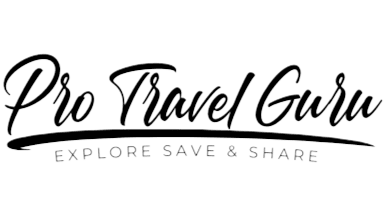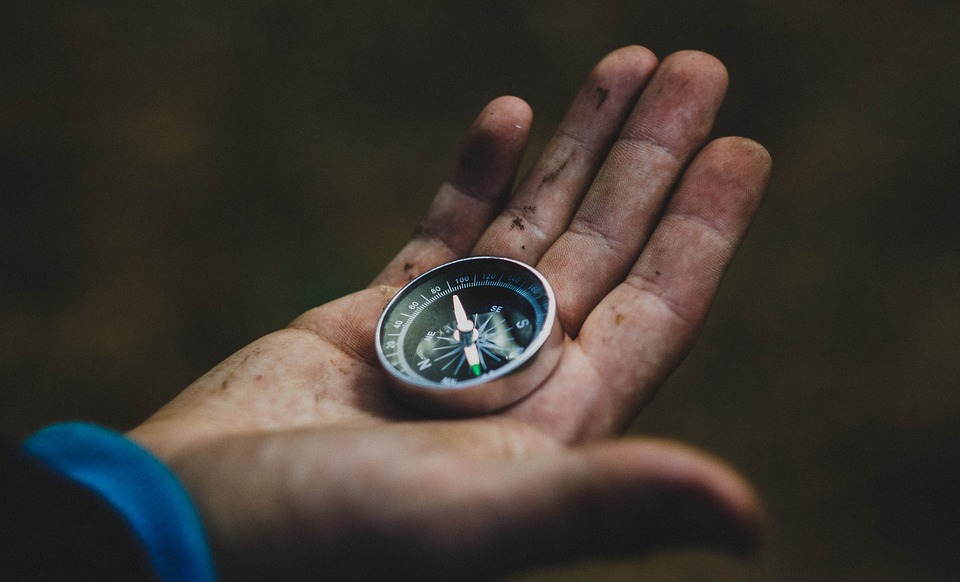Traveling can be an exciting and enriching experience, but it can also be overwhelming, especially in unfamiliar destinations. Fortunately, guidebooks are a valuable resource for travelers, providing essential information and insights to help make the most of your trip. However, simply purchasing a guidebook is not enough; the art of being a savvy traveler involves using your guidebook effectively to enhance your travel experience.
One of the first things to do when using a guidebook is to familiarize yourself with its contents. Take the time to thoroughly read through the introductory sections, which typically include practical information on transportation, currency, language, and cultural customs. Understanding the basics of your destination will help you navigate with ease and confidence.
Similarly, make a point to browse through the suggested itineraries and highlights section. Familiarizing yourself with the must-see attractions and activities in your destination will help you prioritize your time and make the most of your trip. Additionally, pay attention to the maps and practical information such as opening hours and admission fees, as this will save you time and prevent last-minute surprises.
Once you arrive at your destination, a guidebook can serve as your travel companion, providing valuable insights and recommendations. However, it is essential to use your guidebook as a tool rather than a crutch. While it’s tempting to rely on the guidebook for every decision, allow yourself to step out of the comfort zone and explore off-the-beaten-path. This can lead to unexpected discoveries and memorable experiences that might not be found in the guidebook.
Furthermore, be open to updating your guidebook with your own insights and recommendations. Take notes of your favorite restaurants, shops, and attractions, and paste in business cards or local maps that you accumulate during your travels. Not only will this serve as a personal memento of your trip, but it can also be a useful resource for future travels or for sharing with friends and family.
Another important aspect of being a savvy traveler is to seek out additional resources beyond the guidebook. Local tourism offices, travel blogs, and recommendations from locals can provide a more authentic and current perspective on a destination. While the guidebook is a valuable starting point, supplementing it with other sources can greatly enrich your travel experience.
Finally, remember that being a savvy traveler also involves responsible travel practices. Be mindful of your impact on the local environment and community, and respect local customs and traditions. Use the guidebook as a tool to foster cultural understanding and appreciation, rather than a checklist of tourist attractions to be conquered.
In conclusion, using a guidebook effectively is an art that requires a balance of preparation, exploration, and adaptability. By familiarizing yourself with its contents, using it as a starting point for exploration, and supplementing it with additional resources, you can make the most of your travel experience and become a savvy and responsible traveler.




